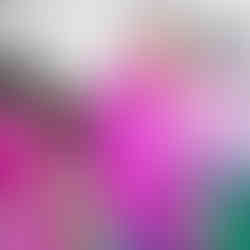Japanese Art and Culture
- Serene
- Mar 17, 2018
- 2 min read

The influence of Japanese art is immeasurable. There are not enough adjectives to describe the beauty and craftsmanship of the many art forms that developed over the centuries. Japanese art and culture has had a worldwide impact on art, architecture, design, fashion, lifestyle and food.
The first settlers of Japan, the Jōmon people 11,000 – c. 300 BC, named for the cord markings that decorated the surfaces of their clay vessels. They crafted beautifully decorated pottery storage vessels, clay figurines called dogū, and crystal jewels. The earliest complex art in Japan was produced in the 7th and 8th centuries in connection with Buddhism. The Japanese began defining such aesthetic ideas in a number of esoteric phrases by at least the 10th or 11th century. The lavish refinements of the aristocratic Heian period evolved into the elegant simplicity, seen as the essence of good taste in the understated art that is called shibui. Two terms originating from Zen Buddhist meditative practices describe degrees of tranquility: one, the repose found in humble melancholy (wabi), the other, the serenity accompanying the enjoyment of subtle beauty (sabi).
With the rise of popular culture in the Edo period, a style of woodblock prints became a major form and its techniques were fine tuned to produce colorful prints. Their influence traveled to Europe via artworks held in museums, and these printmakers influence can be found in the imagery of Modernist poets and artists of the 19th and 20th centuries. The paintings of Vincent Van Gogh, Mary Cassatt and Degas are the best examples. Van Gogh’s landscapes and portraits were very representative of woodblock prints and in several portraits there are subtle Japanese prints on the wall behind his subject.
This week we celebrated Spring ,as we looked at classic woodblock prints, calligraphy, and the importance of Cherry Blossoms in Japanese art. The students created their beautiful scrolls, woodblock prints, and had fun doing contemporary pieces using origami paper.
Local Resources:
“Nineteenth Century in Japanese Woodblock Prints,” through July 1, 2018
U of O -Jordan Schnitzer Museum of Art ( The JSMA houses a large and distinguished Japanese collection)
Portland Japanese Garden
Portland Art Museum Collection of Asian Art








































Comments